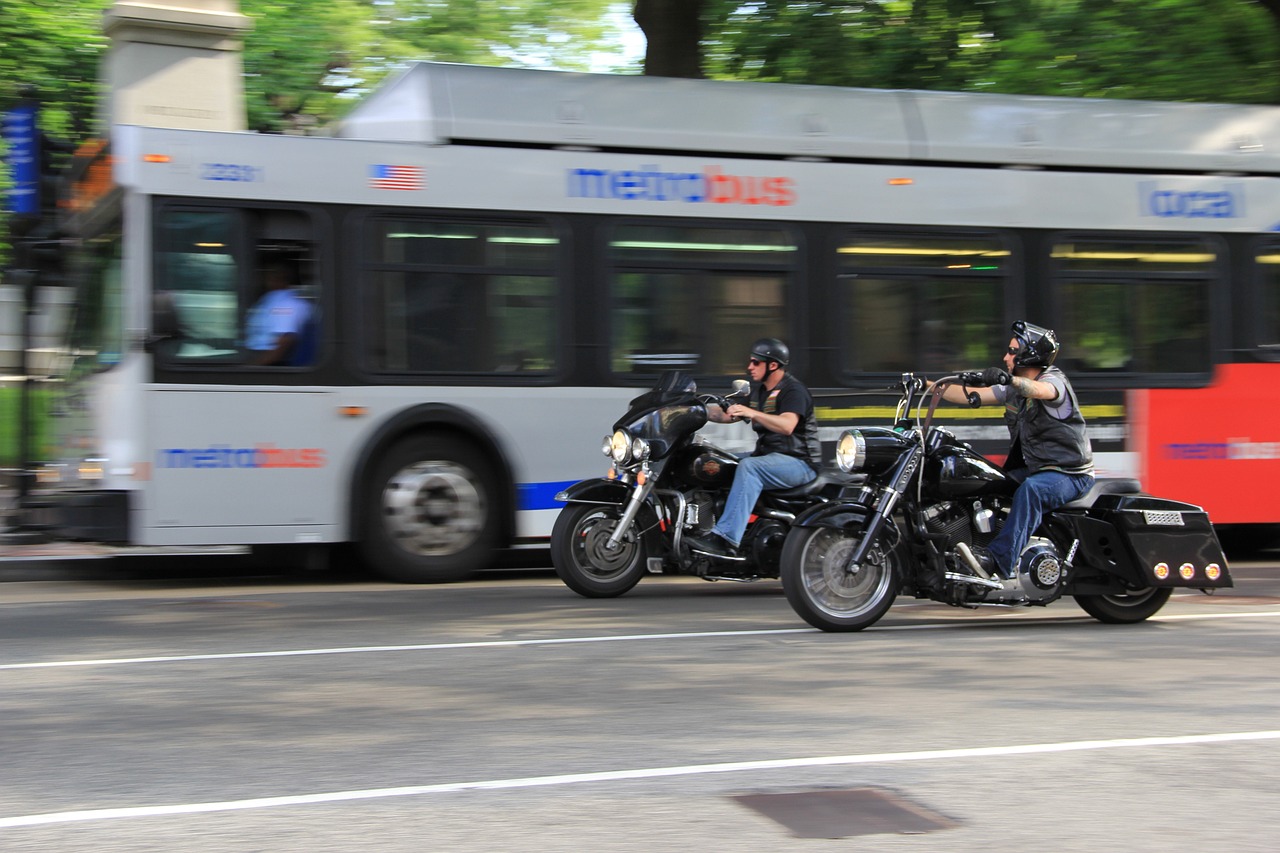Mastering Oklahoma Motorcycle Laws: The Ultimate Safety and Compliance Guide

Introduction to Oklahoma Motorcycle Laws
Embarking on a motorcycle journey in Oklahoma offers riders breathtaking views and exhilarating experiences. However, the thrill of the ride comes with responsibilities—primarily, the need to comply with Oklahoma's motorcycle laws. These regulations are designed to protect riders, passengers, and fellow road users. This detailed guide aims to cover essential Oklahoma motorcycle laws, from helmet requirements to licensing, ensuring you enjoy every ride with peace of mind.
Comprehensive Overview of Oklahoma Motorcycle Laws
Helmet and Protective Gear Regulations
In Oklahoma, all motorcycle operators and passengers under 18 must wear helmets approved by the U.S. Department of Transportation (DOT). While adults over 18 have the option to ride without a helmet, the Oklahoma Highway Safety Office strongly recommends the use of helmets for all riders to significantly reduce the risk of head injuries. Eye protection is mandatory for all riders, unless the bike is equipped with a windshield. For more information on helmet safety standards, visit the National Highway Traffic Safety Administration (NHTSA).
Licensing Requirements for Riders
Operating a motorcycle in Oklahoma requires a specific endorsement on your driver's license. To obtain this endorsement, applicants must pass a knowledge exam and a road skills test, although completing an approved Motorcycle Safety Foundation (MSF) course may waive the latter. These measures ensure that every motorcyclist possesses the knowledge and skills for safe riding. The Oklahoma Department of Public Safety (DPS) provides detailed guidelines on obtaining a motorcycle license or endorsement on their official website.
Essential Motorcycle Equipment
Oklahoma's motorcycle laws stipulate specific equipment requirements to enhance safety on the road. This includes mandatory turn signals, a horn, rearview mirrors, and a braking system in good working order. The law also specifies that motorcycles must have a permanently attached seat and handlebars that do not exceed the height of the rider’s shoulders. For a complete list of equipment requirements, check the American Motorcyclist Association's state laws database.
Best Practices for Safe Motorcycle Riding
Safe riding practices are paramount to ensuring the safety of not only motorcycle riders but also other road users. Oklahoma law prohibits lane splitting, emphasizing the importance of following the same traffic regulations applicable to other vehicles. This includes adhering to speed limits, traffic signals, and maintaining a safe following distance. The Oklahoma Highway Safety Office offers resources and tips for safe motorcycle riding practices.
Insurance and Financial Responsibility
Oklahoma mandates that all motorcyclists carry liability insurance to cover potential damages or injuries in the event of an accident. The required minimum coverage includes $25,000 for bodily injury per person, $50,000 for total bodily injury per incident, and $25,000 for property damage. The Oklahoma Insurance Department’s website provides valuable information on motorcycle insurance requirements and options.

Create & Review Your Contracts 10x Quality and Ease
Lawyer-level AI handles all your contract needs, with real lawyers providing safeguarding support

Carrying Passengers: What You Need to Know
If you plan to ride with a passenger, your motorcycle must be equipped with a dedicated seat and footrests for passenger use. Communication with your passenger about safety protocols, such as where to hold on and how to lean during turns, is crucial for a safe ride. The MSF offers advice on riding with passengers safely.
Further Resources and Reading
For riders seeking in-depth knowledge on Oklahoma motorcycle laws or looking to improve their riding skills, several resources are available. The Oklahoma Department of Public Safety regularly updates regulations and offers safety courses for riders of all levels. Additionally, the Motorcycle Safety Foundation is an excellent resource for training courses that cover everything from basic control to advanced riding techniques.
Official Websites and Educational Resources
Oklahoma Department of Public Safety: Motorcycle Safety
Motorcycle Safety Foundation: Courses and Training

